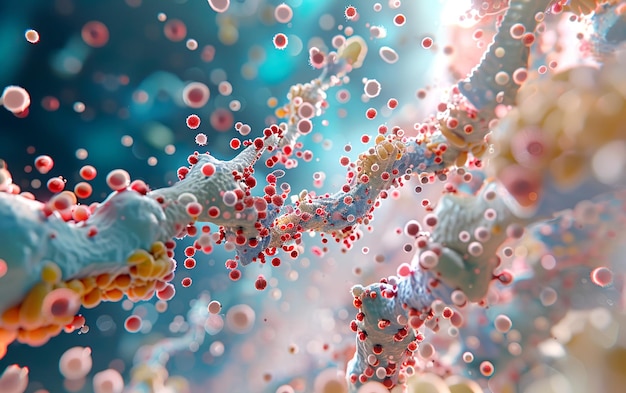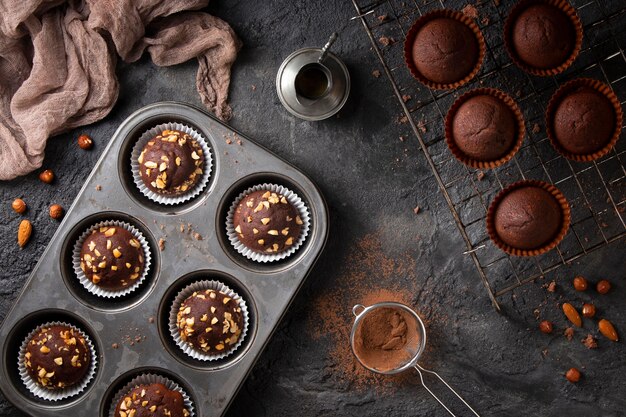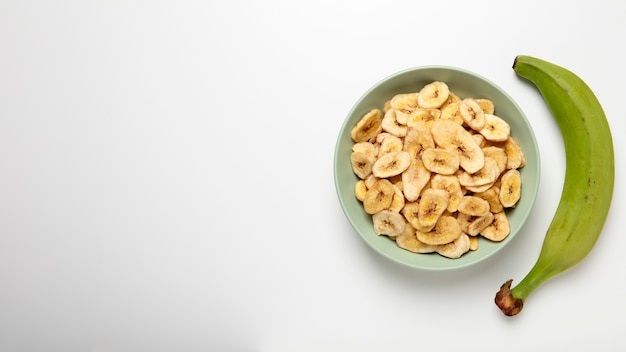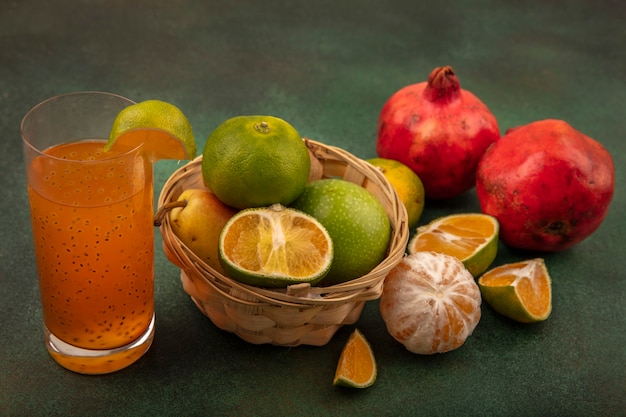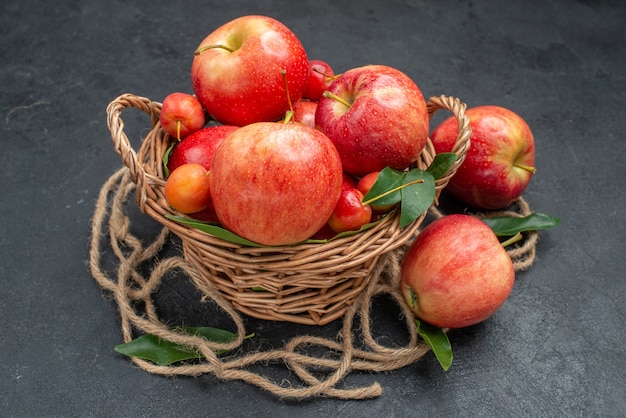The human body is an incredible piece of biological engineering, capable of extracting energy and essential building blocks from various nutrients. Fats, a crucial nutrient for many bodily functions, poses its own set of challenges due to its water-insoluble nature.
Our body produces enzymes called lipases to break down fats. When fats clump together and don’t dissolve in water, lipases struggle to do their job; this is handled by a process called emulsification, assisted by bile from the liver. This makes it easier for pancreatic lipases to break down fats.
The journey of fatty acids, after they are separated from glycerol, depends on their length. Short and medium-chain fatty acids are quickly transported to the liver for metabolism, long-chain ones are absorbed by intestinal cells and form chylomicrons which deliver fatty acids and glycerol to various tissues.
Very low-density lipoproteins (VLDLs) made by liver cells are released into the bloodstream. Peripheral tissues take up the fatty acids from VLDLs and turn them into intermediate-density lipoproteins (IDLs). VLDLs can also transfer triglycerides directly to high-density lipoproteins (HDL), receiving cholesterol in return. HDL, often termed “good cholesterol,” aids in maintaining cholesterol balance and reduces the risk of cardiovascular diseases.
Fatty acid metabolism involves two key stages: beta oxidation and biosynthesis. Beta oxidation breaks down fatty acids to produce energy in the mitochondria. Biosynthesis creates fatty acids from simpler molecules, mainly in the liver and sometimes in fat tissues. The primary end product is palmitic acid, which can be elongated or desaturated to form other fatty acids.
In summary, the digestion and metabolism of fats involve various enzymes and lipoproteins, which makes maintaining a balanced diet crucial for optimal health.
